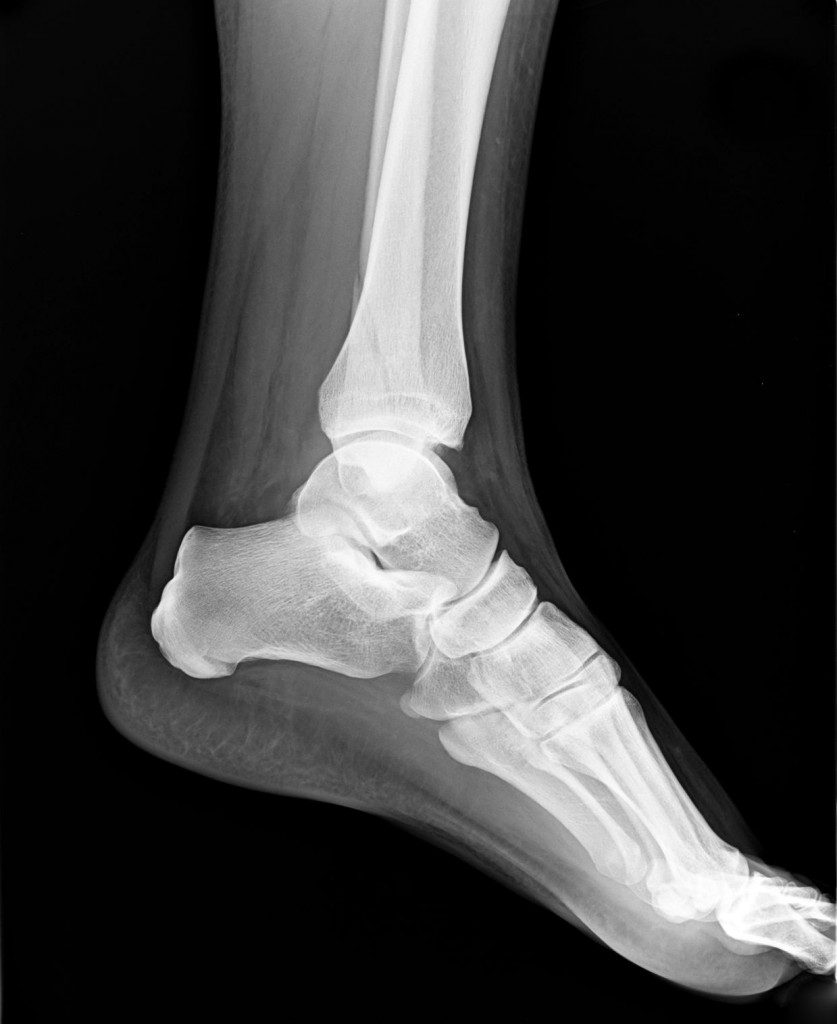Staying active is the cornerstone of a healthy lifestyle. And there is no question that when it comes to exercise, changing intensity or activity is great for both the mind and body. However, starting a new exercise routine or doing a sport for the first time (think first ski weekend of the season in Verbier) can sometimes feel like a Mack truck ran over you the next day. So is that pain just normal post-exercise soreness or is it a sign that you’re injured?
Dr. Guillem Lomas tells THE WIFE™ which of the following signs can help you decide if you should go back for more or book a doctor’s appointment instead. Dr. Lomas is Assistant Professor of Orthopaedic Surgery at NYU Hospital for Joint Diseases in New York. He specializes in the management of athletic injuries requiring open or arthroscopic surgery, specifically cartilage restoration and ligament reconstructions. Trained at Yale, He has also participated in the care of professional sports teams including the Los Angeles Lakers and Kings. Click “continue reading” for Dr. Guillem’s 6 tips to tell if you’re injured or just sore.
- It doesn’t go away after 1 week. Delayed onset muscle soreness or DOMS is common and normal after exercise of unusual duration or intensity. It typically peaks 24-72 hours after exercise. At its worst, it can feel like excruciatingly painful tightness that lights up with the slightest movement. For example, you go to an intense dance cardio class on Saturday and by Monday , the soreness in your glutes, quads and hamstrings make it hard to sit. Symptoms of DOMS can actually be lessened by doing gentle exercise in the days following the activity. Muscle pain that lasts longer than a week in the same area, however, is NOT a normal response to increased activity. It can signify a muscle strain and should be checked out by a physician.
- Your joints swell. Joints filling up with fluid like a water balloon represent significant joint irritation. The cause can be traumatic or inflammatory. In the knee for example, swelling after a twisting injury implies damage to the cartilage inside the knee or the ligaments that support it. Joints can also swell from inflammatory conditions like arthritis. Either way, fluid in a joint is NOT normal and should be checked out.
- The joint feels unstable. A twisting injury to a joint can damage its ligaments giving a feeling of instability, or giving way. However, something called “pain inhibition” can also give the sensation of instability. The classic example is pain underneath the knee cap going up or down stairs that occasionally makes the quad muscle give out and the knee buckle. In either case, the joint should be examined to rule out more serious injury or arthritis.
- Pain radiates down your legs or arms. Having low back pain after exercise is not normal, and can suggest you are using improper form, but it should resolve with rest and back strengthening exercises. Pain going down a leg or an arm, however, implies a nerve compression due to a disc herniation or other source of impingement. This should be evaluated promptly, especially if the pain worsens dramatically or is associated with numbness or weakness as there are some conditions that should be treated urgently.
- There is a hard lump in the area of the soreness. A new exercise can cause muscle knots (spasms) but spasms can also indicate that the muscle has been injured. Masses in muscles should always be checked out.
- How about that clicking? Joints make noises sometimes. The lining of the joint, called the synovium, sometimes clicks as it slides over cartilage. Clicking or popping that doesn’t cause pain is not unusual, making that symphony in your knee perfectly normal. However, if the clicking is painful or feels like something in the knee is catching, see a specialist.
So, keep exercising! It’s great for pretty much every aspect of your life as a WIFE, a mom, a professional and a human being, and with these 6 pointers, you’ll be able to nip any burgeoning problems in the bud. -Dr. Guillem Lomas for THE WIFE™









2 comments ↓
hwo do you thing of everyhing. about to try spin classs for the first time… good to know if i can’t walk after class if its serious or not. thnx
THE WIFE is reading my mind! I just hurt my ankle chasing after my kids and now I officially know it’s time to see the doctor. xoxo
Leave a Comment